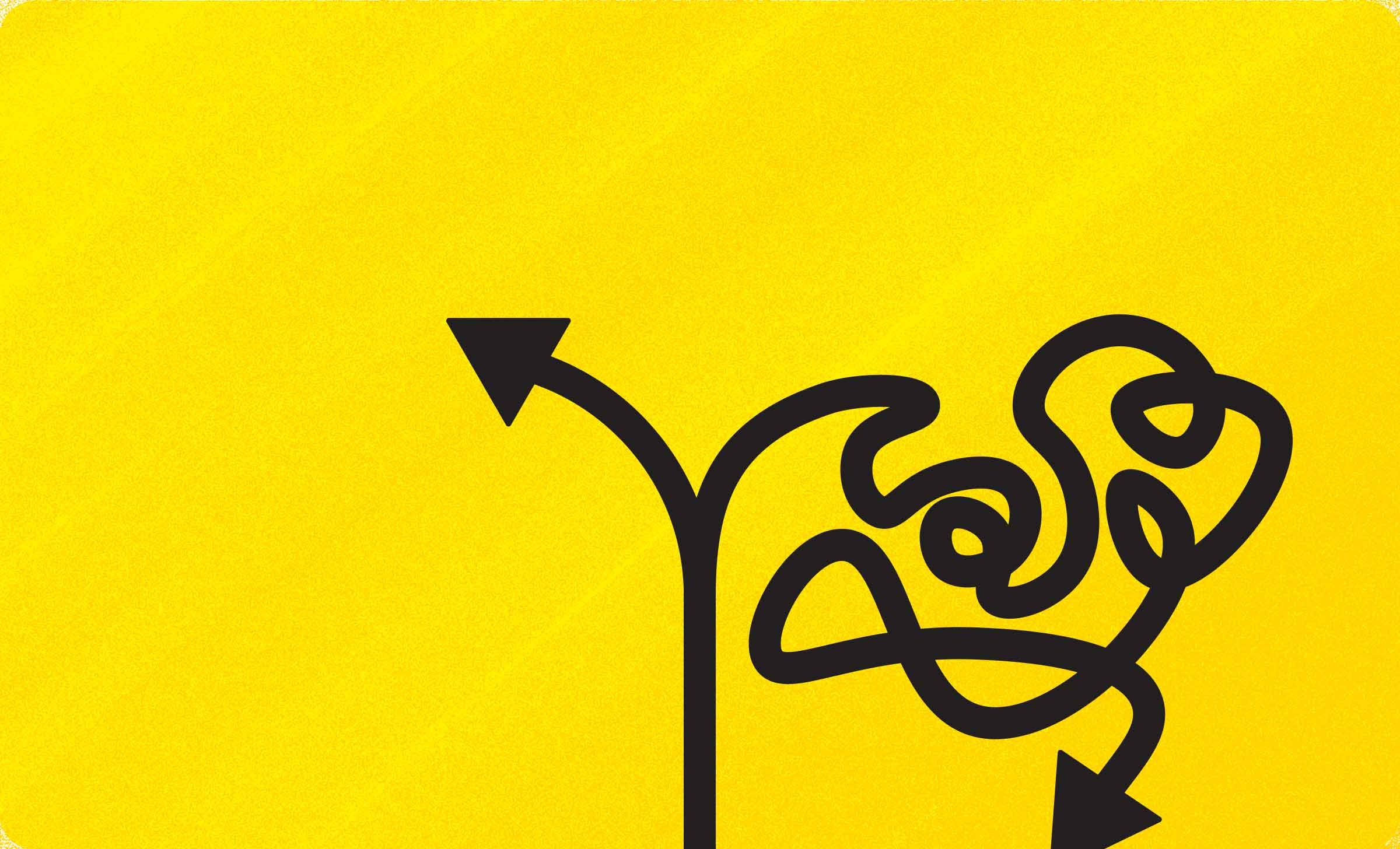What User Experience is NOT
5 min read
You know you need help with UX. Maybe your digital product is failing and you know it’s an experience problem. Maybe you’ve heard of the wondrous things better user experience can do for your site or app—bring in new leads, increase existing customer engagement, make employees more efficient, improve user acceptance, or any other number of business wins.
Setting UX-pectations
It’s true—focusing on UX can help with all of that and more. But conventional wisdom about user experience is often riddled with misconceptions, made all the worse by so many non-UX firms touting “user experience” as the newest buzzword as the newest buzzword with no substance behind the claim.
Before you plunge into a user experience engagement either in-house or with an external team, make sure you’re not confusing user experience for something that it is not.
Don’t Expect UX to Be Any of These Things
If you’re looking for any of the following, user experience is not your ticket to get there.
10. A quick fix.
Most sites and apps where no true user experience thought has been applied have serious interactive issues that make users want to tear their hair out. There is no easy fix that will make the experience more usable. Instead you have to go back multiple steps, maybe even to the start, to make an investment in user experience before you will see any real results.
9. Something you bring in at the end.
If you try to “add” UX to your digital product once it has already been planned, defined, and built, it will be much too late. There won’t be any way to solve deep-seated problems so late in the game. UX thought has to begin early, starting with the very goals you set for the product, and continue through every phase of the project.
8. A way to affirm your kneejerk assumptions about what the product should do or be.
User experience is not a way to prove to higherups or the rest of your team that your opinions about an interface or site structure are correct. In fact, UX thought and user research will often reveal that your initial assumptions are totally off-base.
7. Based on opinion or subjectivity.
Excellent user experience is based off scientific, objective truths truths about how humans interact in digital spaces. Further, once user experience professionals apply those truths to UX strategy and user interface creation, they evaluate their decisions through task-based, non-biased user tests that reveal what is working and what might need further exploration. While UX is a very human practice, it is not one based in subjective artistry or on the whims of a UX team.
6. A prettier interface.
Your site or app may be ugly—many are. But upgrading aesthetics only will not fix the underlying experience problems that make people hate interacting with your digital product. That has to be a result of thoughtful strategic decisions regarding all areas of the experience that are inextricably linked, including functionality, interactions, content, layout, and structure.
5. A one-person show.
Too many organizations believe they can hire one magical person who can “do UX” and make all of their interactive problems disappear. User experience is a field with multiple disciplines that are too varied for one person to do them all well. Great user experience is a team effort, not something one UX expert does on their own.
4. Advertising, SEO, or anything a full-service agency does.
Be very wary of any company that claims to do it all, and also user experience. Your typical agency does not have the team and expertise required to put true UX thought, strategy, and work into your product. The result will be something built for robots instead of humans, advertising communications that turn task-based users away, or a product that looks nice but doesn’t work on an interactive or functional level.
3. About you or your CEO.
It may sound strange, but your digital product is not about you, your team, your CEO, or even your organization. Instead, your product is about the actual people who interact with you online. Prioritize your users’ real needs, challenges, tasks, and goals in your digital product and save your internal mumbo jumbo for the company newsletter.
2. Screen design without thought or research.
You may think you’ll dive straight from project approval to screen definition and design. To do this is to miss a critical UX phase, one so important it can mean the life or death of your digital product. That is your research, or Discovery, phase. Skip it, or ask your UX professionals to, at your own peril.
1. Something you can worry about later.
Your users will have an experience with your site or app no matter what. The difference in whether they enjoy that experience or not is in how much thought, planning, and care you put into it. If you ignore UX or shelve it for “later,” you’re admitting to being okay with a de facto negative experience for your customers, prospects, leads, partners, or whatever important people make up your user group.
Is It UX or Something Else?
Your UX sense have grown ten sizes in the last five minutes. You now know that your team can’t expect to do any of the above with UX and come out of it with positive results. You can now also better tell who is doing the real work of user experience and delivering results, versus those who claim to “do UX” but are actually talking about something else entirely.
Just by remembering what UX is not, you have a whole new arsenal of tools to deliver the user experience results that your organization has been dreaming of. And you’ll save your own team a world of confusion, pain, and misdirected effort while you’re at it.





